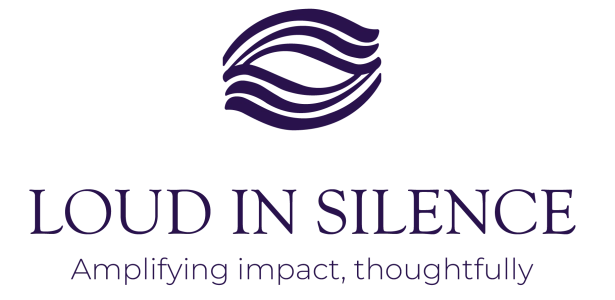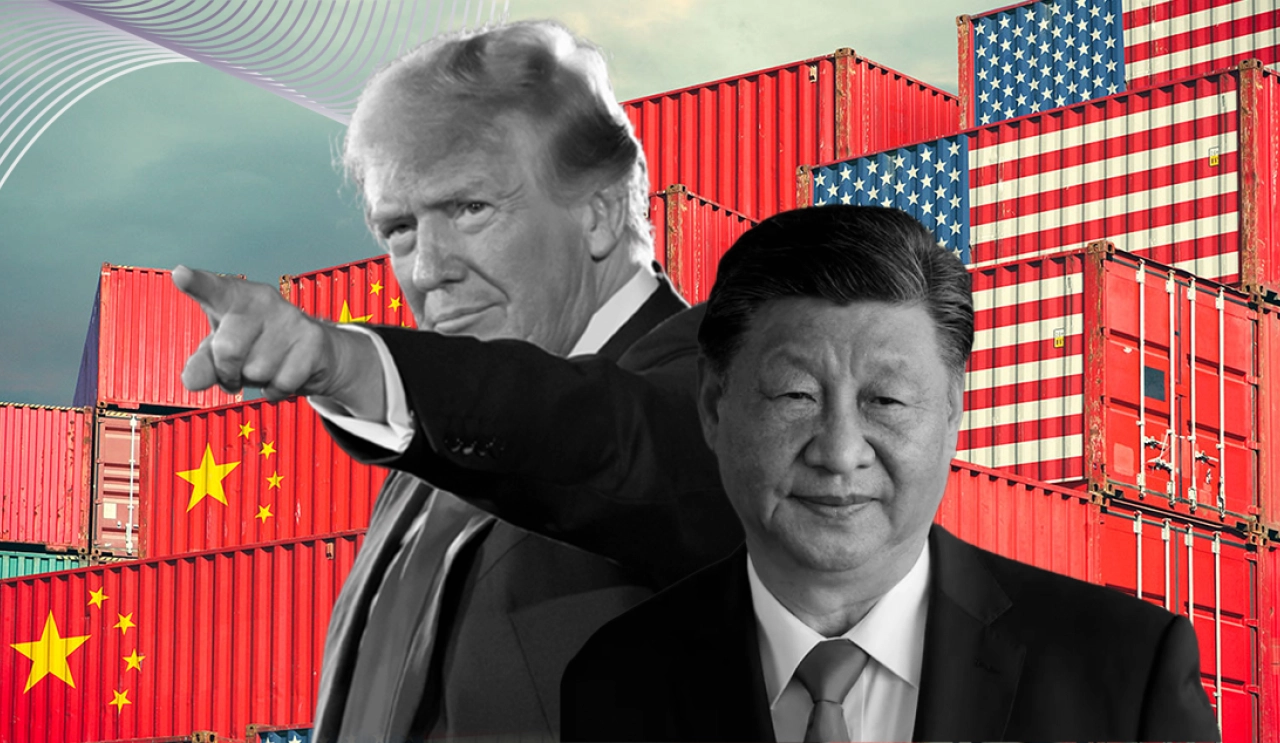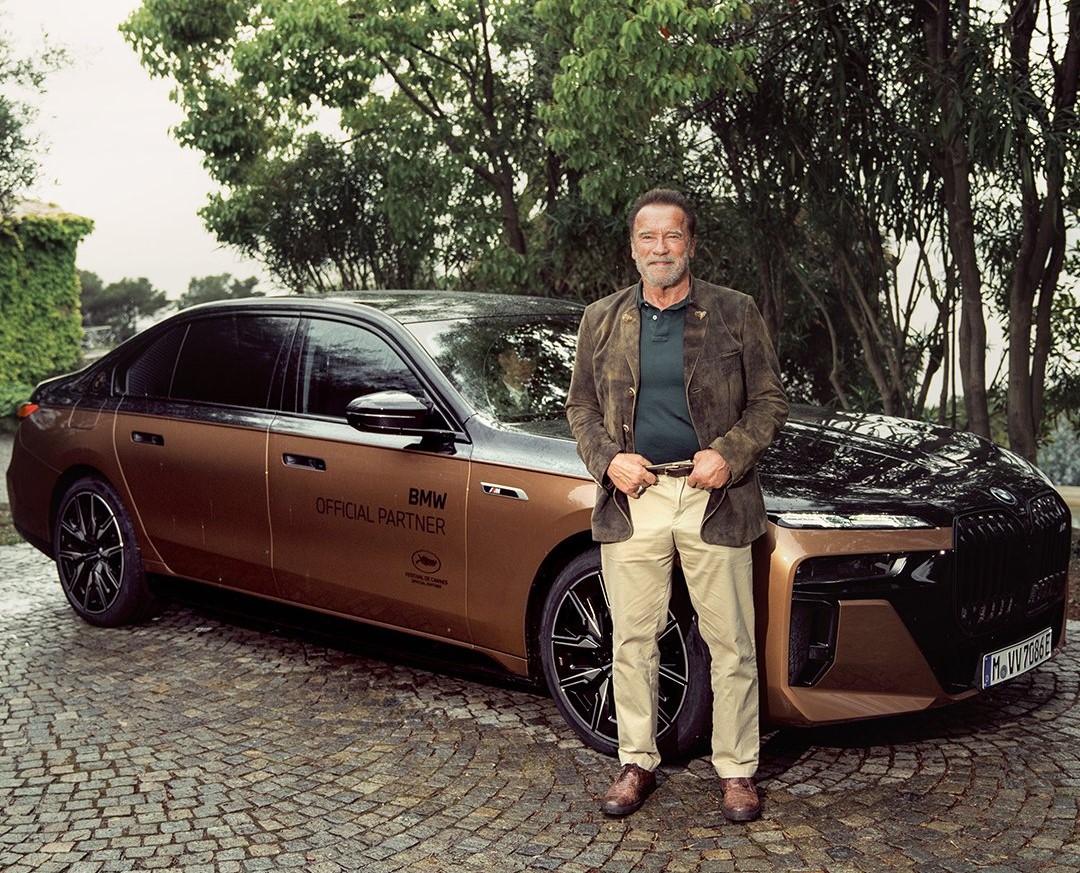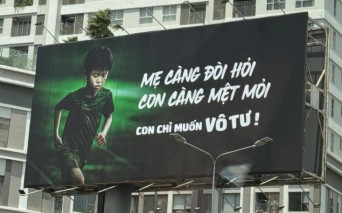In a hyperconnected world where information is just one tap away, the scarcest resource is no longer data - it's attention.
And to earn someone’s attention, is shouting louder enough?
We have to negotiate. Not with numbers, but with emotions.
You could be a brand offering 50% off, or a president sending tweets at 2 a.m.
But if your message doesn't strike the right emotional chord, people will scroll past you as if you never existed.
That happens every day in marketing. But at the national level, it becomes even more visible.
We're still living through the turbulence of the U.S. versus the world tariff war, with the U.S. - China tension at its core.
On April 2nd, 2025, the world held its breath as Trump abruptly announced a new wave of tariffs.
But Trump wasn’t just aiming for economic leverage.
He needed a symbol — a bold, emotional message to send to his voters: “I’m protecting America.”
China's retaliation wasn’t just about financial loss either. Backing down too early would be perceived as weakness.
Xi’s response was calculated to preserve face, power, and public trust.
This isn’t logical negotiation.
It’s psychological warfare.
Every move carefully crafted to provoke a specific emotional reaction - from citizens, investors, the media, or the opponent across the table.
So what does this have to do with marketing?
Everything.
Every campaign, every brand message - is a form of emotional negotiation.
You’re not just selling a product.
You’re asking people to trust you, act for you, and let you into their lives.
And in a world where attention costs more than gold,
the winner isn’t the one who speaks the loudest -
It’s the one who makes people want to listen.
1. The Invisible Negotiation Table
There’s a truth many marketers overlook: customers don’t just “buy” - they negotiate.
Imagine that negotiation not happening in a boardroom, with contracts or ROI projections on the table. It happens quietly, inside the consumer’s mind - where emotions speak before reason does.
When you launch a campaign, you're not simply saying, “Here’s what I’m selling.” You’re placing an offer on the table:
“Can the customer see themselves in this?
Do they feel safe enough to trust me?”
Just like diplomacy between nations, marketing isn't about what you want to sell.
It’s about making the other side feel like they’re winning - both logically and emotionally.
And so, every campaign, every post, becomes a silent conversation - one that, if done well, builds a connection that's far more lasting than a single transaction.
 Origional illustration: Creator: RLT_Images | Credit: Getty Images
Origional illustration: Creator: RLT_Images | Credit: Getty Images
1.1. Đàm phán cảm xúc (Emotional Negotiation) là gì?
Emotional negotiation in marketing isn't just about “tugging at the heartstrings,” as many assume.
It’s a more nuanced process: understanding your audience’s emotional landscape - their hopes, anxieties, desires, and wounds - and finding a way to resonate with them before you ever influence their decision.
Because humans don’t buy with logic.
They buy with emotion - and then rationalize it afterward.
You didn’t misread that. According to Professor Gerald Zaltman of Harvard Business School, 95% of purchasing decisions happen in the subconscious, triggered by an emotional impulse (from the book of “How customers think”).
Even customers who compare prices, features, and brands often can’t clearly explain why they chose one over another. Some believe they know - but more often than not, they’re just trying to make sense of a decision that was emotional at its core.
They choose a BMW not because of horsepower - but because it makes them feel accomplished.
They buy Sunsilk not just for clean hair - but because it makes them feel confident.
They stay loyal to Cocoon not because it's cheaper - but because the brand makes them feel understood.
1.2. Who Really Holds the Power?
Brands make the offer.
But customers are the ones who judge.
Just like Trump imposed tariffs to pressure China into concessions, brands use discounts, media coverage, and ads to push for customer action.
But if the offer comes at the wrong moment - or hits the wrong nerve - the customer pushes back:
They scroll past, close the ad, unfollow, or simply… choose someone else.
You can’t force emotion. You have to understand it.
1.3. Marketing Isn’t About Convincing - It’s Emotional Negotiation
Let go of the old definition: marketing is not just communication to sell.
In a world flooded with messages, customers aren’t looking for someone who talks louder.
They’re looking for someone who gets them.
And if you want to be heard, you have to negotiate - with empathy.
This is not a deal about pricing.
It’s a deal about trust.
You want customers to open up. They’ll quietly ask:
“Do I see myself in this brand?”
“Do you understand me?”
“Are you worth a few seconds of my life?”
If your answer is off - no one will protest.
They’ll just... walk away. Silently.
And when brands forget that, the cost can be devastating.
Take the infamous “Pepsi Number Fever” crisis in the Philippines, 1992.
What started as a brilliant idea - bottle caps printed with numbers, where 349 was the winning code for a life-changing prize - quickly turned into a marketing disaster.
The campaign went viral, especially among low-income groups who weren't just buying Pepsi - they were buying hope.
But a printing error created 490,116 “winning” caps.
When Pepsi refused to pay the impossible 490 billion pesos in prize money (citing a “typographical mistake”), anger exploded. Riots erupted.
Pepsi offered 35,000 pesos per cap as a consolation - but hardly anyone came to claim it.

Over 1,000 legal cases were filed.
Riots affected more than half a million people with the price of 250 million pesos.
Pepsi’s market share plummeted to near zero.
The problem wasn’t just the money.
People felt betrayed - not because they didn’t get paid, but because they believed, and were let down.
They weren’t buying soda. They were buying a promise.
And when that promise was broken, retaliation isn’t loud. It’s silent - and spreads like wildfire. No amount of advertising could undo the emotional damage.
On the other hand, some brands choose to earn trust - with empathy.
Toong, the Vietnam’s first coworking space chain, is one such example.
I still remember those long pandemic months of 2021, when everything shut down and the world stood still.
Toong didn’t blast out “We’re still here” messages or offer post-lockdown promos.
On social media and newsletters, we shared reflections - about people, about life, about stillness.
“We, too, are living through these inward-facing days.”
We told honest stories - of team members working quietly from home, of customers being supported however possible.

Hình ảnh các bài đăng trên mạng xã hội trong giai đoạn giãn cách xã hội 2021.
No fanfare. No filters. Just sincerity.
It didn’t create immediate conversions.
But it built a bridge - from trust to loyalty.
Three months after reopening post-pandemic, nearly 20 Toong locations were operating at 70–80% occupancy.
So don’t think of marketing as just “getting your message out.”
It’s a negotiation - where you must:
Understand the audience’s emotion before you speak.
Make your offer at the right time, not just on the right platform.
Know when to hold back, so your words still carry weight.
Because in emotional negotiation, the cost of getting it wrong isn’t losing a click.
It’s losing trust.
And trust is the hardest thing to win back in today’s world.
Continuing... with part 2: "Emotion is Leverage: From Biti’s to Toyota – How smart brands negotiate with the Heart and win Loyalty" for practical application.





